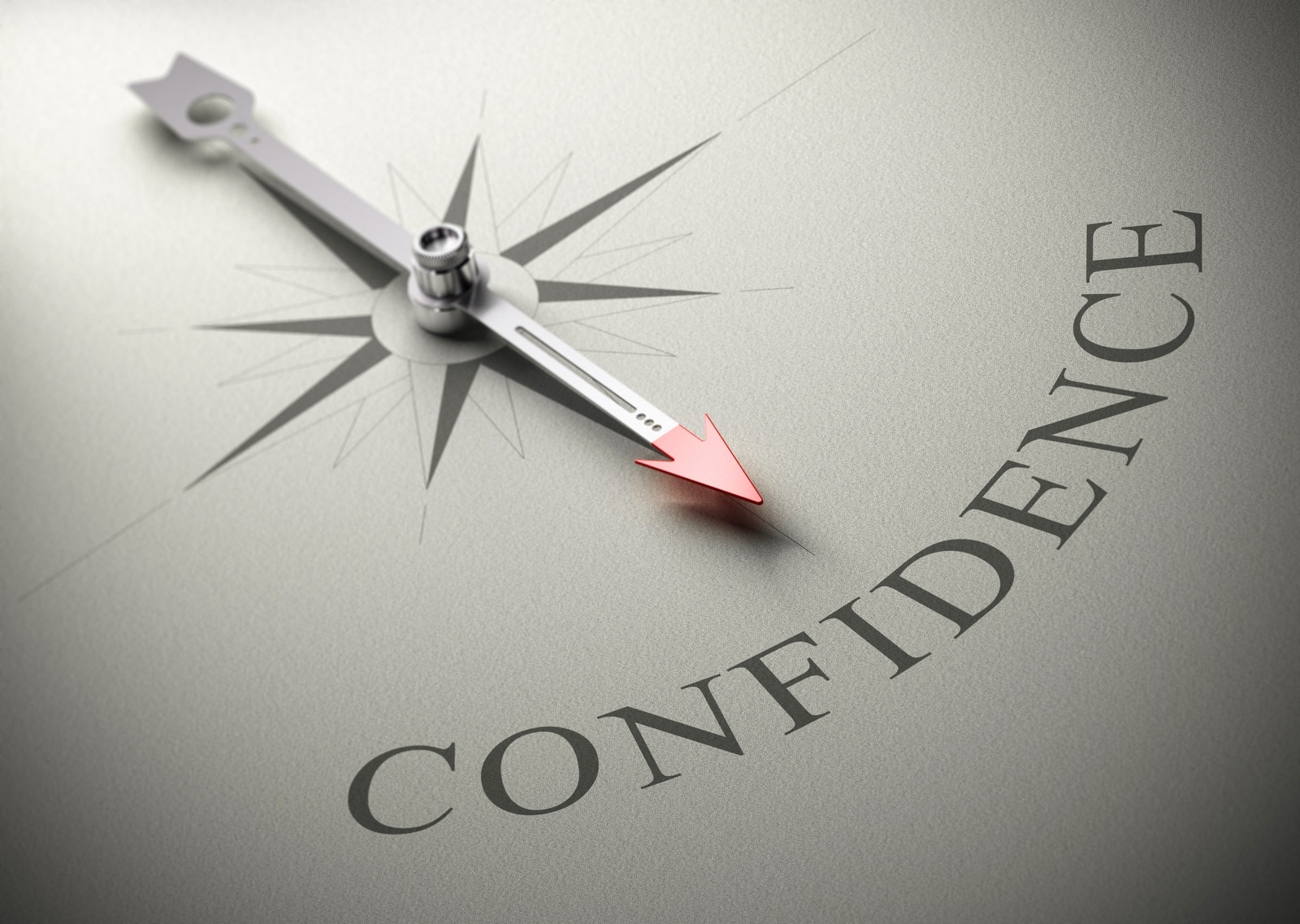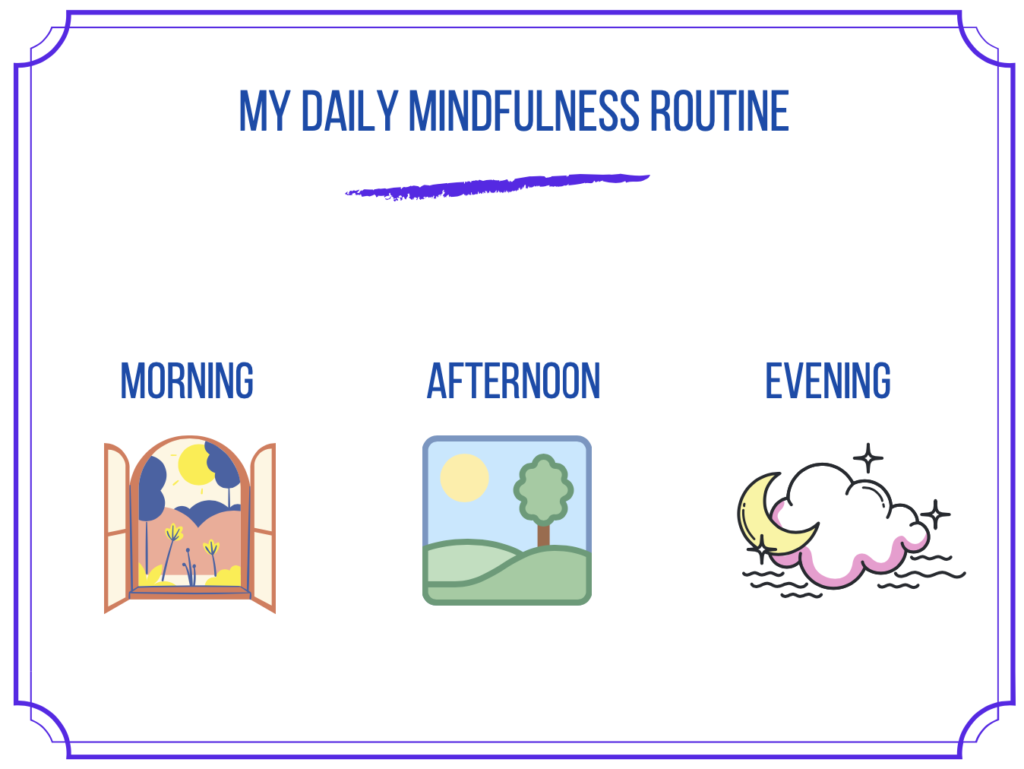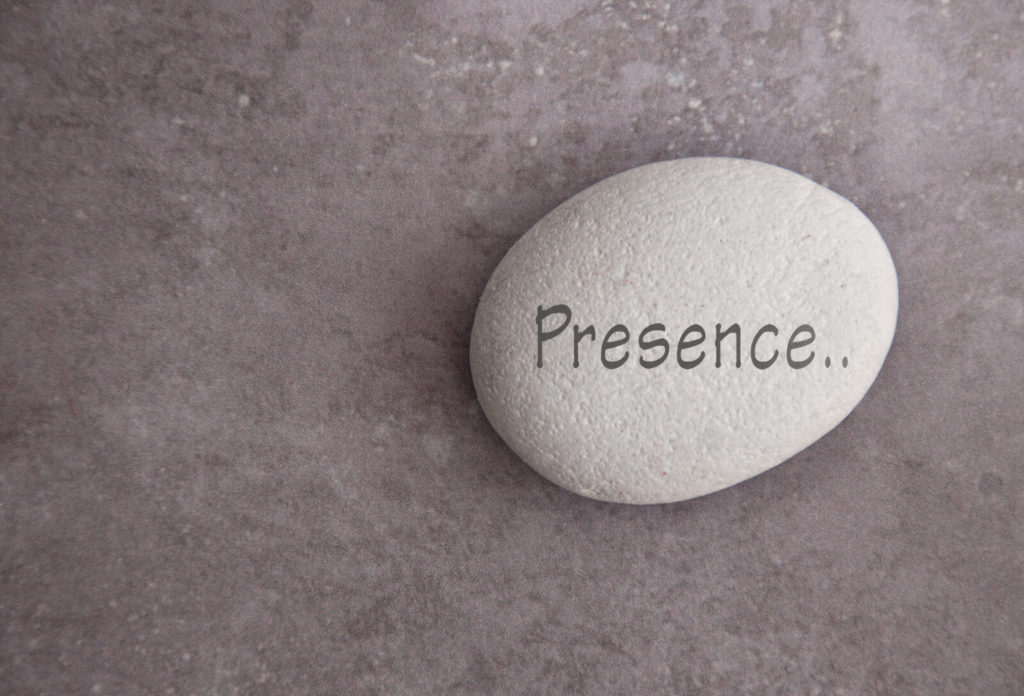Most of us carry pictures of those who matter to us in our wallet, purse or on our cellphone. I carry pictures of my wife and kids on my phone and iPad to look at and remind myself of how important they are to me.
As meaningful as these pictures are to us, we all carry another
picture, one far more powerful than those in our wallet, etc. It is the
mental picture that we carry that represents the opinion that we have of our self.

This picture is our self-image, a perception that has, from early on in life, influenced us in terms of our self-confidence, and in what we accomplish in our life, relationships and business.
Author Josh McDowell once said,
Your self-image is like a set of lenses through which you see reality. The healthier your self image, the more accurately your lenses let you see reality, and the more appropriate then is your behavior in response to that.”
If, for example, you picture yourself as a failure, then you will find some way to fail in your art, business and life, no matter how much you want to succeed. By looking through a lens of self-deficiency, you will act accordingly.
Dr. Joyce Brothers says,
You cannot consistently perform in a manner which is inconsistent with the way you see yourself.”
What, then, is the picture of yourself that you carry with you all day?
I would go so far as to say that all of our behavior is guided by the picture that we have of ourself. Self-confidence must have as its foundation a picture of someone of worth and potential.
Research has made it clear that success is not based on IQ, skills, age, education or gender, but rather is built on a foundation of a belief in one self.
In his remarkable book, Peak Performers, Charles Garfield concluded,
The greatest single characteristic of those who achieve their goals is the simple ‘belief that you can do it’.”
My challenge to you is to develop a healthy self-portrait by changing
the mental picture of yourself that you have been carrying all of these
years.
Here are 7 Steps to Self-Esteem and Confidence:
1) See Yourself as You Really Are
Begin by taking a realistic inventory of the best and the worst in yourself. If you are really good at something, shout it out to yourself (and the world). If you could improve in a particular area, commit to changing it without beating yourself up.
On a spiritual level, I believe that God sees us as highly significant and greatly loved, even when we blow it.
2) Take Time and Look Back
It is important to take a look at what I call your ‘emotional roots’. I am not talking about looking back as a victim or to blame anyone, but rather gaining an understanding that somewhere between your birth and today you accepted lies about your value.
Awareness is always the beginning of change.
3) Adopt a New Motto: “To BE, rather than to SEEM”
Stop basing the picture you have of yourself on whether someone else is smiling or frowning at you. Accept your uniqueness. Stop giving power away to what others think of you. Decide today that you will live authentically rather than in terms that you allow others to define.
4) Lose Your Fear of Perfect People
They do not exist. Period. The good news is that everyone, even those that we look up to, struggle and doubt at times. The goal is not to be perfect but to be growing and moving towards greater things. Eliminate thoughts such as “If only I could be like him …” and replace it with “Who do I want to become?”
5) Take Responsibility for ONLY What is Under Your Control.
Life is challenging, so why take on an even greater burden by believing you are responsible for things that you cannot control? Focus on those things that you can take charge of and go full force towards them, one at a time.
6) Develop Positive Self-Talk
Stop your self-critical thinking. If you are a creative person, nothing will destroy your ability to create amazing things more than self-criticism. Eliminate words of shame that you tell yourself. Quit beating yourself up. Listen for the ‘shoulds’ and tell them where to go! Commit to becoming aware of the lies in your thinking. Work with a coach and say, “It’s time for me to stop getting in the way of my success.”
7) Acknowledge & Affirm your Strengths and Accomplishments
My experience is that most of us keep a ‘Failure Log’ in our heads of all of the times things don’t go well or when we screw up. Instead, keep a (literal) ‘Victory Log’ – Every time you experience a victory, no matter how seemingly small, write it down. Build your Log so that on the day you get discouraged, you can pull it out as a reminder of how far you have come. Never stop filling up the Log!
Remember that your self-image is based on old experiences and
perceptions. Do not allow yourself to stay a slave to that image. You
are valuable and have amazing gifts to share with the world!
Question: Which of the 7 Steps are the most challenging to you? Are there any other steps that have helped you with self-confidence that you would like to add to the list? I’d love to hear your thoughts!





